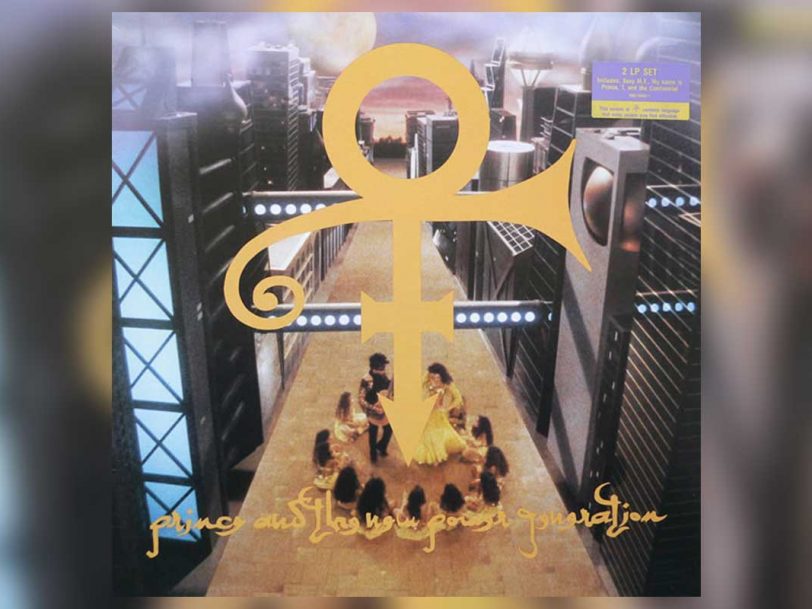That Prince billed the follow-up to his unashamedly hits-stuffed Diamonds And Pearls album as a far less conventional “rock soap opera” was one thing. That it had an unpronounceable title which took the form of a glyph that merged the male and female astrology signs was quite another – particularly for Warner Bros, the record label that, on the back of Diamonds And Pearls’ success, had just signed a new contract that offered Prince advances of $10 million an album, so long as its predecessor sold over five million copies – a feat Diamonds And Pearls had confidently achieved. For Prince, however, his 1992 record, soon dubbed the “Love Symbol” album, was the sign of a different time altogether: one in which he pushed his band, The New Power Generation, to some of their greatest heights, and in which he also reasserted himself as an artist driven by creative instincts rather than financial incentives.
Listen to the “Love Symbol” album here[Linkfire].
In contrast to the year and a half it took for Prince to put Diamonds And Pearls together, the “Love Symbol” album was almost entirely done and dusted in a matter of months across the end of 1991 and early 1992. “Almost everything was recorded live and then he would overdub on it,” New Power Generation keyboardist Tommy Barbarella told this author for the book Lives Of The Musicians: Prince. “He didn’t want you to perfect or change it. He liked the live feel.” Keen to show off his new music, he also began playing “Love Symbol” album tracks such as Sexy MF live on the Diamonds And Pearls tour, teasing a record which, though it had been recorded quickly, was ultimately inspired by a relationship that had been gestating for over a year.
“There’s my future wife”
While on the Nude tour, staged throughout the summer of 1990 in support of his Graffiti Bridge album, Prince met Mayte Garcia, then a 16-year-old belly dancer whose mother, inspired by the Middle Eastern influence of Graffiti Bridge’s standout song, Thieves In The Temple, had convinced her daughter to get a showreel of her work into Prince’s hands. “There’s my future wife,” Prince had told NPG singer Rosie Gaines when he first caught glimpse of Garcia backstage in Germany – and he was more right than he knew.
Asking Mayte’s father for permission to spend time with his daughter, and striking up a platonic correspondence carried out via letters and phone calls, Prince developed a bond with the budding Puerto Rican dancer. “We’d talk about movies; I would say that I’m doing a show and tell him something funny that happened,” Garcia, who then had her sights set on moving to Cairo to continue her dance training, recalled for Lives Of The Musicians: Prince. “There was an innocence he really took to.” But as their relationship developed, and Garcia found herself officially hired to perform on stage as a member of The New Power Generation, the pair soon began to feel that they were soul mates whose spirits had travelled through the ages in order to find each other. “We evolved and just understood each other on a whole other level,” Garcia explained.
By the time Prince came to record the “Love Symbol” album, the influence had become spiritual, romantic and artistic. The Middle Eastern music he’d flirted with on Thieves In The Temple, and which inspired Garcia’s dancing style, began to take a central role on new songs such as 7, whose lyrics – “I am yours now, and you are mine/And together we’ll love through all space and time” – reflected the soul-baring conversations he was having with his muse.




